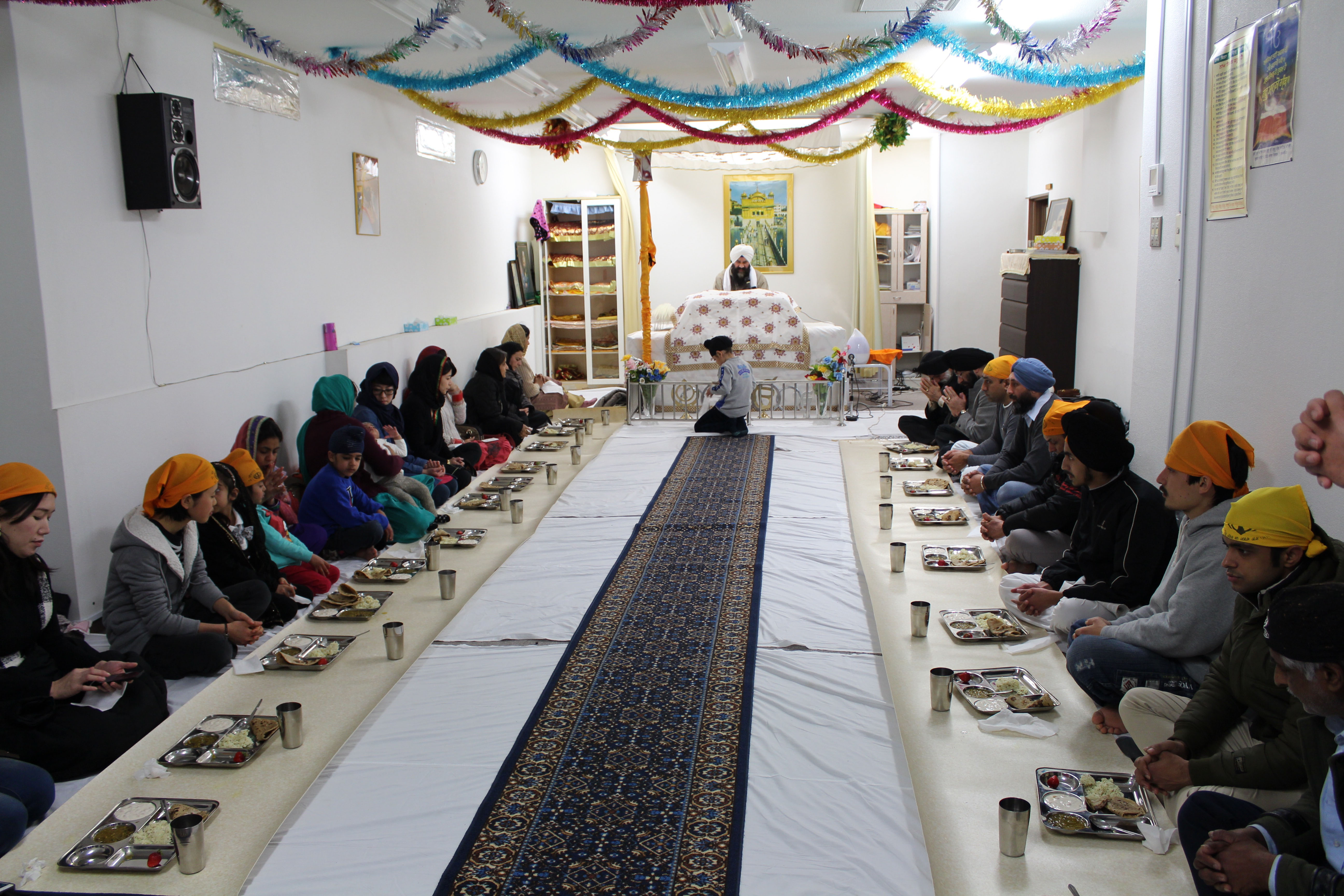However long a migrant group has lived within a host culture, that settlement process can feel incomplete without a place to call their own — a focal point for the community where they can come together, celebrate important occasions and preserve their traditions. That was certainly the case for Tokyo's small Sikh community as the 300th anniversary of an auspicious date approached at the end of the millennium.
The year 1699 marks the institution of the Khalsa, the Sikh fraternity created by their 10th spiritual leader, Guru Govind Singh, to protect the rights of the community, which at the time faced violent oppression. Among Tokyo's Sikhs, their joy as the April 1999 third centennial drew closer was tempered by their yearning for their own temple, or gurdwara, within the city, a spiritual emblem that would mark their origins.
While a gurdwara already existed in Kobe — the Guru Nanak Darbar, a place Sikhs in Tokyo often visited to fulfill their spiritual needs — traveling to Kobe proved costly and inconvenient for many.
















With your current subscription plan you can comment on stories. However, before writing your first comment, please create a display name in the Profile section of your subscriber account page.